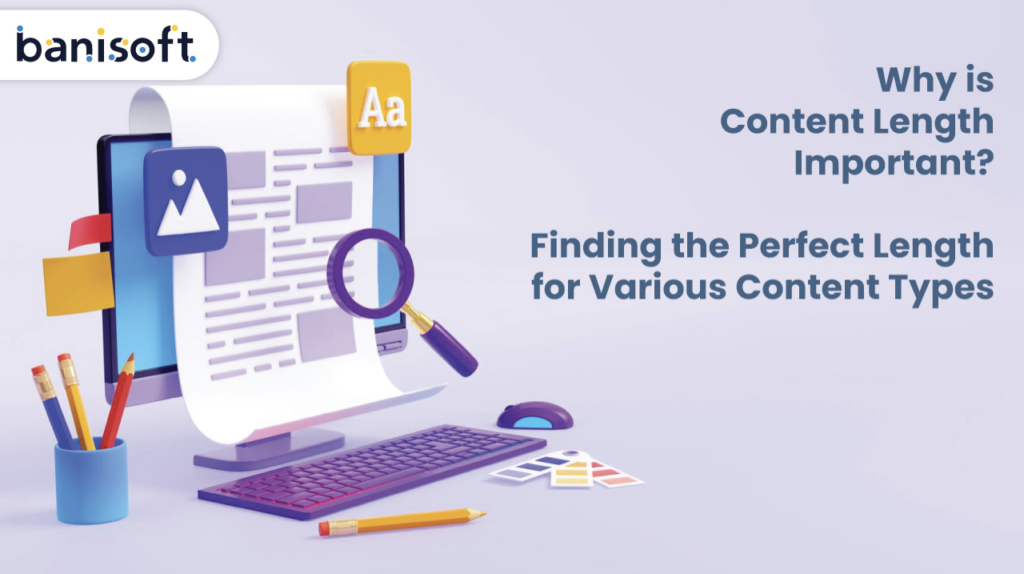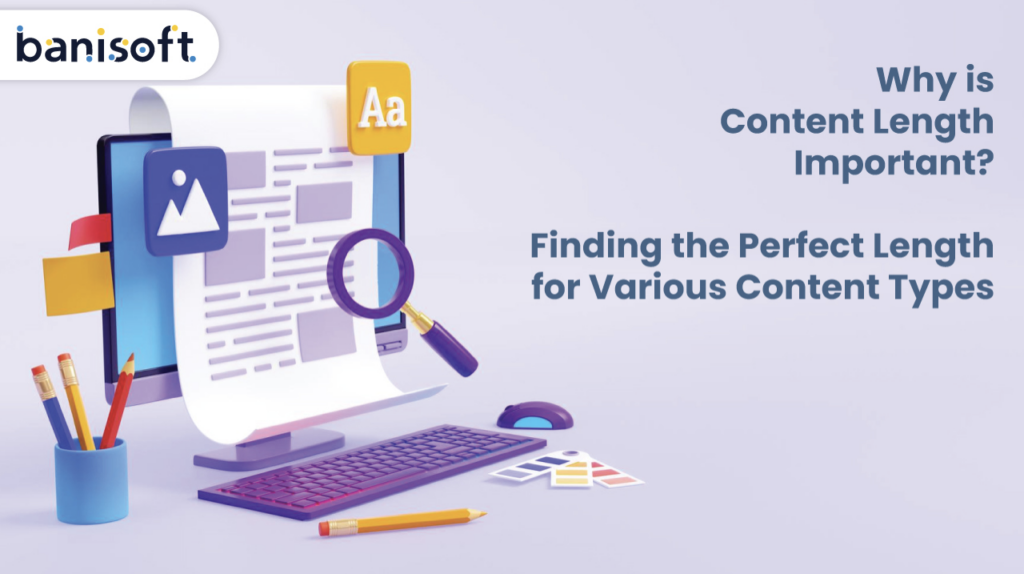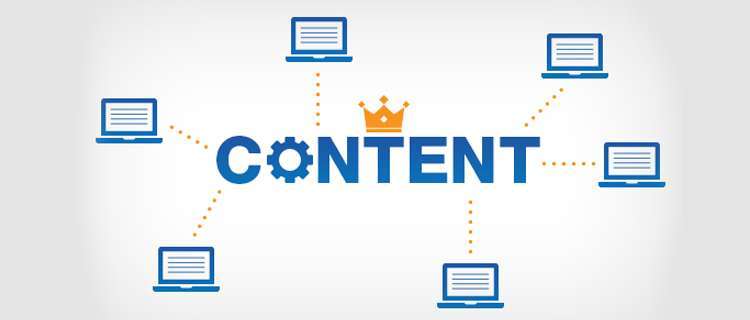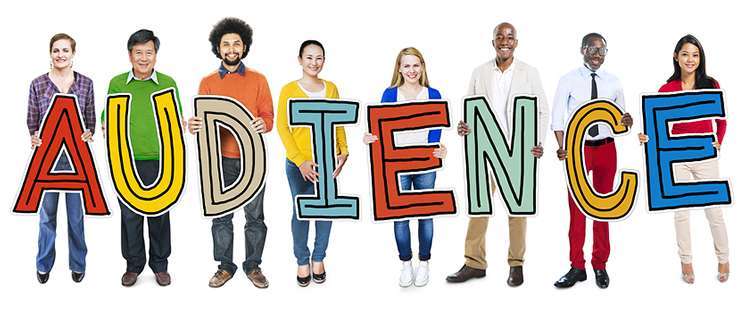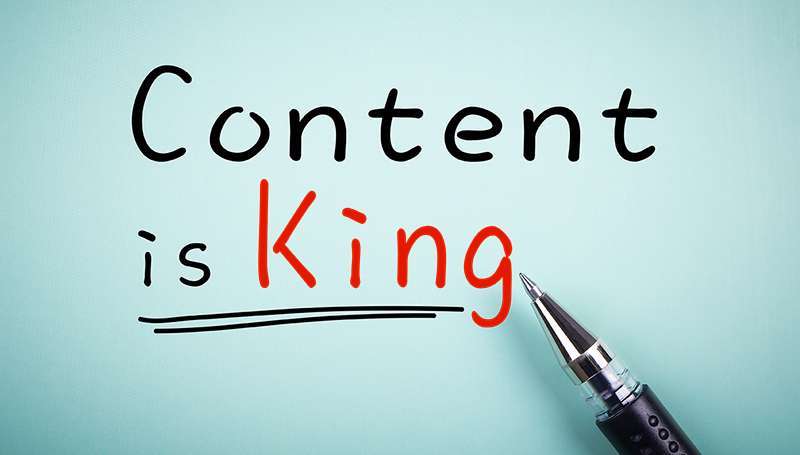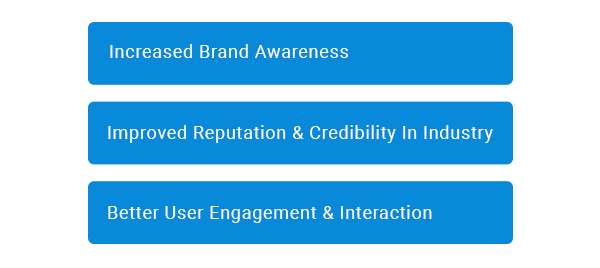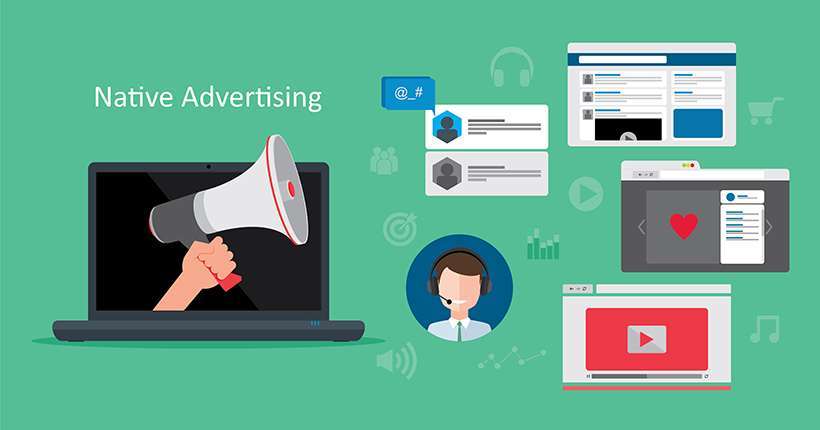The Accuracy of AI Detectors: Are They as Reliable as Claimed in Detecting AI?
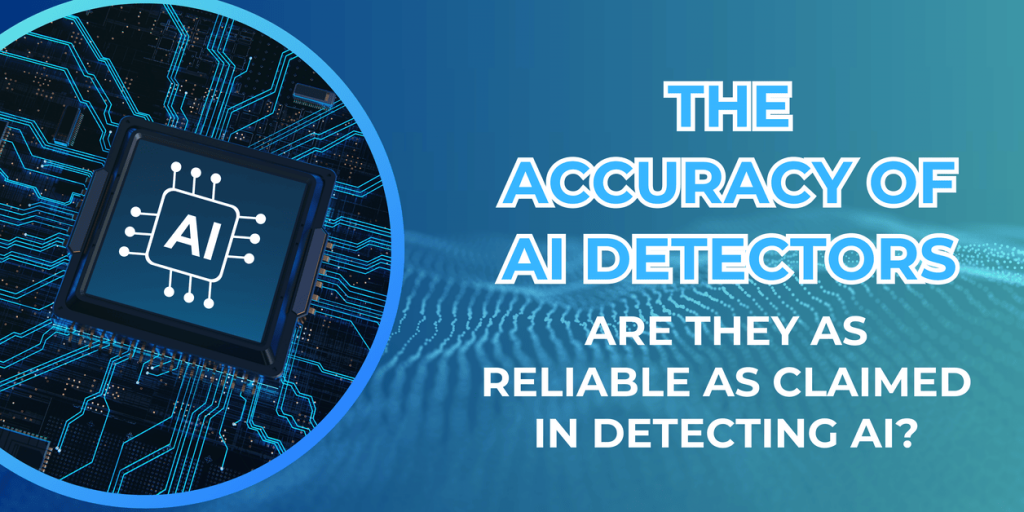
You’re an editor, facing a submission and questioning whether you’re reading human creativity or machine-generated words.
Here’s to the 2025 AI detection dilemma.
The fact is: while AI detection software claims to be your digital truth-teller, separating human-created content from AI-generated writing, the reality is more complicated than the hyperbole would have you believe.
Let’s look behind those confidence scores and percentage measures.
How Do AI Detectors Work?
AI detectors aren’t magic – they’re pattern-recognizing software. These programs scan text with a combination of machine learning models and natural language processing to identify telltale signs of AI-written text.
They are literary detectives looking for fingerprints. Since every human writes a little differently, AI has a way of leaving digital fingerprints as well. These tools scan for:
- Text Perplexity: How predictable word choices are
- Pattern Recognition: Sentence structure and flow
- Statistical Analysis: Frequency and distribution of certain phrases
- Contextual Coherence: How ideas flow and transition into one another
Popular AI Detection Tools in 2025
Let’s break down the most popular AI detection tools available today, comparing their features, accuracy rates, and pricing to help you make an informed decision:
1. Winston AI
- Accuracy Rate: Claims 99.98% accuracy
- Key Features:
- AI detection for multiple LLM models including GPT-4 and Google Gemini
- Document scanning with OCR capability
- Content certification
- Pricing: Starts at $18/month with credit-based system
- Best For: Educational institutions and publishers
- Limitations: No pay-as-you-go option, requires monthly subscription
2. Originality.ai
- Accuracy Rate: 97.09% accuracy in independent studies
- Key Features:
- Combined AI detection and plagiarism checking
- Support for multiple languages
- Real-time scanning capability
- Pricing: Pay-per-use model available
- Best For: Content agencies and professional writers
- Limitations: Higher price point compared to some competitors
3. GPTZero
- Key Features:
- Free basic version available
- Batch processing capability
- Educational focus
- Accuracy Rate: Varies significantly, with some tests showing lower accuracy compared to paid alternatives
- Best For: Students and individual users
- Limitations: Less reliable for professional use, especially compared to paid alternatives
4. Turnitin AI Detector
- Key Features:
- Integration with existing Turnitin platform
- Specialized for academic use
- Detailed reporting system
- Accuracy Rate: High accuracy in academic context
- Best For: Educational institutions
- Limitations: Only available as part of Turnitin subscription
5. Copyleaks
- Key Features:
- Multi-language support
- API integration available
- Combined plagiarism and AI detection
- Accuracy Rate: Recognized as highly accurate in July 2023 research study
- Best For: Businesses and developers
- Limitations: Complex pricing structure
6. Undetectable AI Capabilities
- Uses advanced algorithms to rephrase AI-generated content into more human-like text
- Includes an SEO writer and AI humanizer
- Success rate varies depending on the detection tool used
- Most effective for basic content but may struggle with highly complex or creative writing
Comparison Summary
When it comes to choosing the right AI detector, consider these factors:
- Highest Overall Accuracy: Winston AI and Originality.ai lead the pack
- Best for Education: Turnitin and GPTZero
- Most Cost-Effective: GPTZero (free tier) for basic needs
- Best for Enterprise: Originality.ai and Copyleaks
Claims Made by AI Detectors
The AI detection industry makes bold promises about their capabilities. Let’s examine these claims in detail:
Promised Accuracy Rates
- Most detection tools claim accuracy rates between 95% and 99%
- Leading companies like Copyleaks boast 99.12% accuracy, while Turnitin claims 98% accuracy
- Some newer tools like Winston AI push claims even further, advertising 99.98% accuracy rates
Assertions About Detection Capabilities
- Claims of distinguishing between AI and human writing across multiple languages
- Promises to detect content from various AI models (GPT-4, Claude, Gemini)
- Statements about identifying partially AI-generated content
- Claims about detecting edited and paraphrased AI content
How Accurate Are AI Detectors?
Claimed Accuracy vs. Real-World Results
Marketing Claims vs. Independent Research
- A January 2025 study reveals that AI detectors “remain consistently inconsistent”
- Multiple studies have shown that these tools are “neither accurate nor reliable,” despite marketing claims
- Independent testing often shows significantly lower accuracy rates than advertised
The False Positive Problem
- Research from the University of Pennsylvania shows many AI detectors are easily fooled
- Human writers, particularly those with formal writing styles, frequently get flagged as AI
False Negatives and Detection Failures
- AI-generated content often goes undetected after minor editing
- Some tools struggle with identifying content from newer AI models
- Mixed content (partially AI, partially human) poses significant detection challenges
Real-World Testing Examples
- Academic Papers: High false positive rates on complex academic writing
- Creative Writing: Difficulty distinguishing between human and AI creativity
- Technical Documentation: Formal writing often triggers false positives
- Journalism: Mixed results with fact-based reporting
How to Tell if something is Written by AI?
Manual Detection Methods
Common AI Writing Patterns
- Consistent Perfection: Too-perfect grammar and structure
- Pattern Repetition: AI tends to follow predictable patterns in word choice and sentence structure
- Context Limitations: Struggles with deep cultural or contextual references
- Emotional Depth: Limited ability to convey genuine personal experiences
Red Flags to Watch For
- Unusually consistent tone throughout long pieces
- Perfect technical accuracy without stylistic variation
- Generic examples and descriptions
- Lack of unique insights or personal anecdotes
Tool-Based Detection
Best Practices
- Use Multiple Tools: Cross-reference results from different detectors
- Consider Context: Adjust detection thresholds based on content type
- Human Review: Always combine tool results with manual review
- Regular Updates: Use tools that adapt to new AI models
Factors Affecting AI Detector Accuracy
Impact of AI Model Advancements
- Newer models (GPT-4, Claude, Gemini) are harder to detect
- Continuous improvements in natural language generation
- Integration of more human-like writing patterns
Effects of Content Modification
- Fine-tuning Impact:
- Custom-trained models produce more unique content
- Harder to detect specialized writing styles
- Rewriting Effects:
- Manual editing significantly reduces detectability
- Hybrid content (human-edited AI text) poses unique challenges
- Paraphrasing Impact:
- Simple paraphrasing tools can bypass detection
- Advanced rewriting methods make detection nearly impossible
Do AI Detectors Provide Real Value?
Use Cases Where They Work Best
Content Verification
- Preliminary Screening:
- Quick assessment of large content volumes
- Initial flag for potential AI-generated content
- Academic Integrity:
- Supporting academic honesty initiatives
- Identifying potential academic misconduct
- Professional Publishing:
- Quality control for submitted content
- Maintaining publishing standards
- Content Marketplace:
- Verifying originality of purchased content
- Ensuring compliance with content guidelines
Making AI Detection Work for You
When to Trust (and When to Doubt) AI Detectors
AI detectors work best for:
- Identifying obvious AI-generated content
- Preliminary screening of large volumes of text
- Supporting (not replacing) human judgment
They’re less reliable for:
- Making high-stakes decisions
- Evaluating creative or technical writing
- Analyzing heavily edited content
The Bottom Line
AI detectors are tools, not truth machines.
While they can be valuable aids in content verification, they shouldn’t be the sole basis for important decisions. The key is understanding their limitations while leveraging their strengths.
Remember: combine multiple tools, trust but verify, and always keep human oversight in the loop. The future of content authentication isn’t about replacing human judgment – it’s about enhancing it.
FAQ: Your AI Detection Questions Answered
Q: Are AI detectors 100% accurate?
A: No. Even the best tools have false positives and negatives.
Q: Which detector is the most reliable?
A: Independent studies suggest Originality.ai currently leads in accuracy, but results can vary based on the type of content being analyzed.
Q: Can AI detectors be fooled?
A: Yes, especially with heavily edited content or hybrid human-AI writing.
The Accuracy of AI Detectors: Are They as Reliable as Claimed in Detecting AI? Read More »







